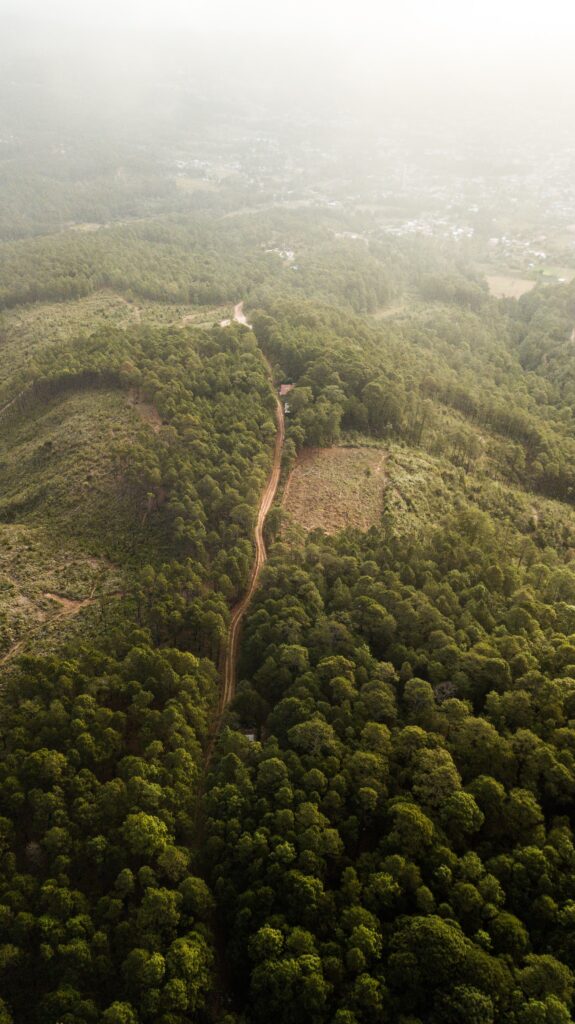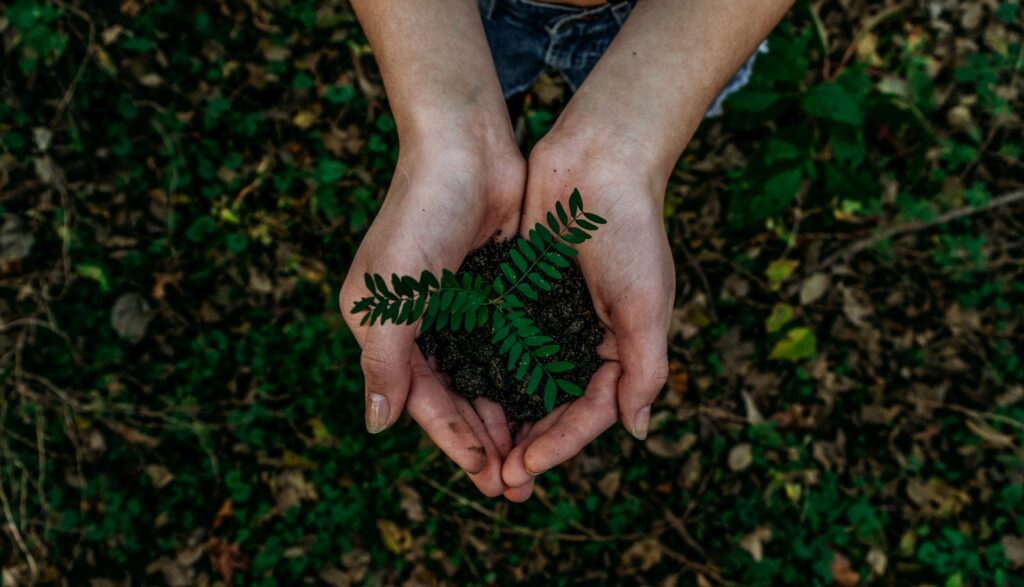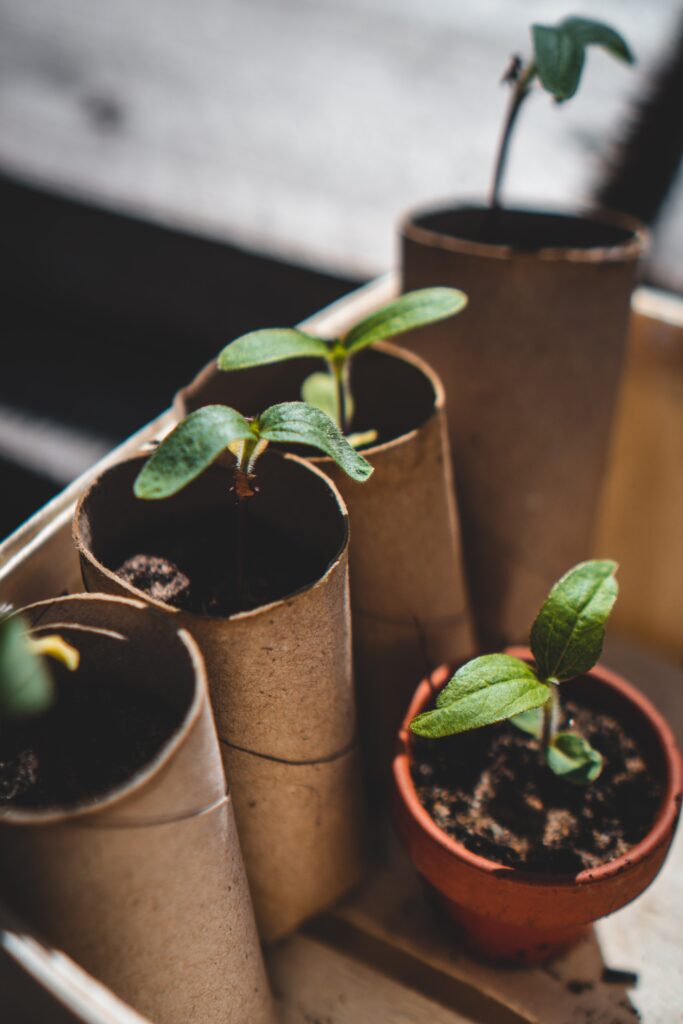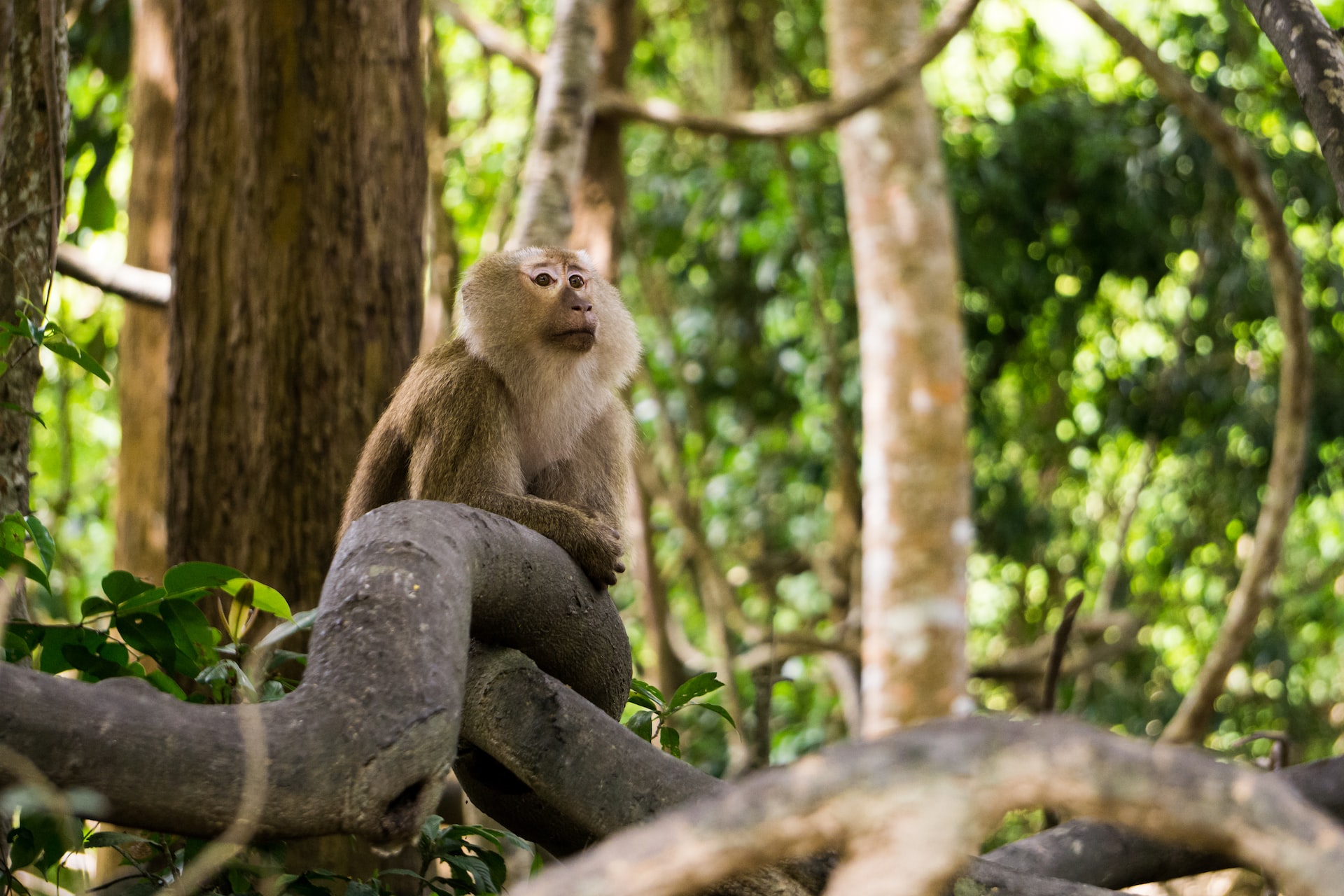Conservation Attitudes
Nature is probably the main reason why people travel and, for the tourism industry, it can be seen as its biggest asset. Therefore, as businesses, we need to protect its intrinsic value from ‘depreciation’.
Moreover, as responsible businesses, we should assume our role in conserving it, not only for us, personally, but mainly for the generations to come.
Environmental conservation was, with good reason, one of the first pillars of sustainability and sustainable development to be recognised: so much so that for a long time it has been the only dimension to be fully acknowledged globally.
At Inspire Global, we are passionate about asking the questions that can help us to deepen the understanding of those concepts that we hear every day, but whose meaning sometimes tends to be overlooked, lost in the foggy game of accepted familiarity.
So, this time we want to ask: what does conservation mean in the light of positive impact tourism?
And most importantly: what is our industry’s attitude when it comes to conservation?

Maintain, Protect, Restore
Maintain
A first basic activity that is attached to the concept of conservation is the action of ‘maintaining’.
Maintain what we have in the natural environment, so that the generations to come can still access and fully enjoy it.
We believe that to be able to maintain what we receive from nature, there are at least two conditions that we must guarantee to have in our process: knowledge and education.
First, we need to know what we have and what is its value, its meaning, and its role in the ecosystem to which it naturally belongs.
As a company, our starting point should be understanding the state of the natural environment we are in, with all its current issues and problem areas – both man-made as well as the effects of climate change.
As an industry, this basic knowledge could provide further directions for action and position us in the right way as a business. It will also give us more opportunities to engage and support activities that already operate in these fields and strengthen their impact. It could even mean, for example, supporting scientific and academic field work in specific regions where we have our operations.
But only having knowledge, though, won’t be enough. In order to maintain conservation over time, we also need to spread that knowledge as far as we can and transfer it to as many people as possible, through educational activities.
Initially, spreading it internally to our staff, supply chain and clients, but also potentially investing in educational programmes for local younger generations, in collaboration with governmental and non-governmental organisations, for instance.
Raising awareness would not only provide initial guidance and some conscious boundaries but could also support the local population in understanding the bigger picture, that sometimes might be missing.
By doing this we will be consistently helping to establish new mindsets, consciously rooted in the local environmental reality, while giving space to new fruitful collaborations.
Protect
Among the associations that the concept of conservation evokes, another key notion is ‘protection’, which automatically raises concerns related to external threats.
According to the WWF (World Wide Fund for Nature), there are many threats to our planet. Deforestation, forest degradation and pollution are already well known, but other severe issues are water scarcity, and soil erosion and degradation. There are also illegal activities to consider, like fishing, mining, and the wildlife trade, which are all adding to the loss of biodiversity and general state of degeneration of our planet.
Although tourism might not always have a direct relationship with them, it can contribute to worsening most, if not all, of them.
At the destination level we constantly use local resources, some of which might already be in a critical state of scarcity or even lacking in the very basic needs of the local population.
How do we position ourselves in this picture?
Take the case of water, for example. Historically in our industry, water usage has not always been efficient, and in some cases, it has aggravated the burden on local supply, let alone additional contributions to the general pollution of rivers and seas.
How we contribute to the problem, or to its solution, will depend solely on how we look at the picture, and if we finally realise, we are fully involved in it.
In general terms, if we are aware of all our impacts on the resources that we have at our disposal before deciding how we can protect them, then we should know if we are contributing to generating more negative than positive impacts.

Do we represent the threat we should protect the environment from?
This is a valid question that we should be asking ourselves. Furthermore, when we think in terms of protection, the question of usage is also equally important.
There is a lot we can do to reduce, or even eliminate our need for some local resources (or the distorted use we make of them) and to create space to make that need more efficient.
For example, investing in renewable energies – solar, wind and biogas – especially when these are easily available, can lower our dependence on the most polluting fossil fuels and lighten the weight on the environment.
Restore
Since many of the natural resources at destination level have been under constant stress for a long time, another question arises: how can we protect what we have already lost?
At this point, we need to include another important concept in the discussion on conservation, particularly because of the implications and the misunderstanding that it can generate. This is to ‘restore’.
First and foremost, though, we need to clarify and honestly address: what is the object of our ‘restoration’?
It is one thing to restore an already damaged environment, but it is another thing to restore the damage caused by our current actions.
A classic restoration action is the carbon offsetting system, that works at the individual, company or country level, to compensate for the amount of CO2 produced globally.
The system provides options to invest in projects that decrease the CO2 in the atmosphere. There is a mandatory scheme, established by the Kyoto Agreement and reaffirmed in Paris in 2015, but there is also a voluntary one, that seems to be growing rapidly.
In all these cases, the most popular associated action is tree planting.

Planting Trees
The act of returning to nature what we have taken, as humanity and not, hopefully, personally, or to replenish a void left by human activities is an act of extreme kindness and responsibility.
Recognising the needs of the environment is humbling and is increasingly needed.
Our civilisation has lost that direct connection with nature and, as opposed to the indigenous and ancestral nations, we need to re-learn how to nourish that relationship. Planting a tree might just be the simple starting point of restoring this broken link.
According to the data provided by Ecosystems Marketplace, the annual value of the voluntary carbon offset market has been growing rapidly, and 2021 has reached a new record.
In particular, forestry and land use projects, together with renewable energy, are the most popular offsets.
Many tourism companies have also started offering this option to their guests, who seem very keen to adopt it.
The work of our industry partner Just One Tree, is exemplary in offering a simple and straightforward option to contribute to the cause, along with clear information and resources about the country and regions the project benefits.
Planting New Seeds
To protect our planet, which is the main asset of our industry, there are many directions from which we could intervene.
However, we hope that the effect of this conversation will be to open eyes and to inspire new actions, rather than to overwhelm and paralyse.
Our planet needs an engaged industry with a constructive and creative attitude, bold enough to try new things and explore new routes. We need to consider this not as a lonely journey but one where we need to break the silos and protective chambers we have built around us.
As a result, not only will we feel better about our conscience as individuals, but also, as responsible businesses, we will be rewarded by local communities, potential investors and, last but not least, by the tourists themselves.

We would like to leave a few seeds to be planted as a reminder.
Maintain what we have.
Protect what we don’t want to lose.
Restore what was, unfortunately, already lost.
While moving forward on a new path.
Written by Elisa Spampinato


Recent Posts
Categories